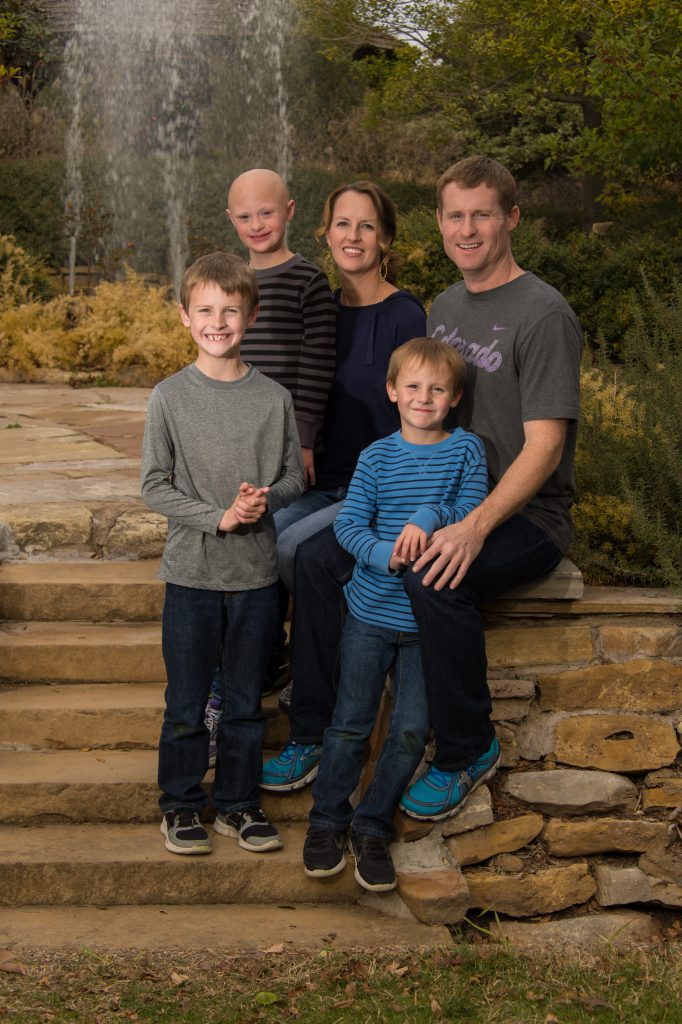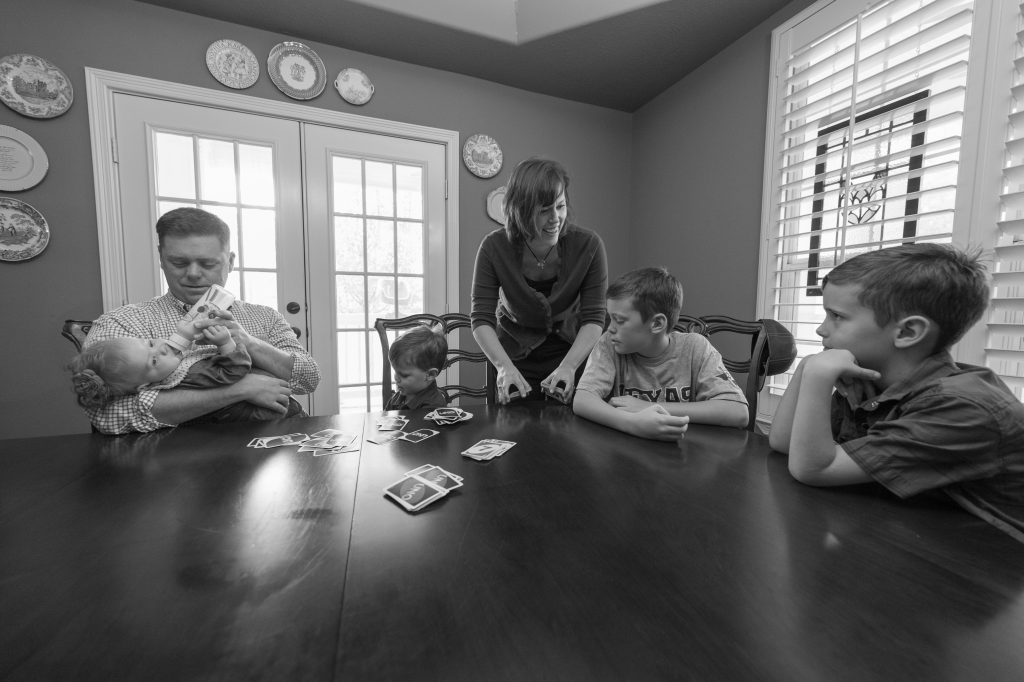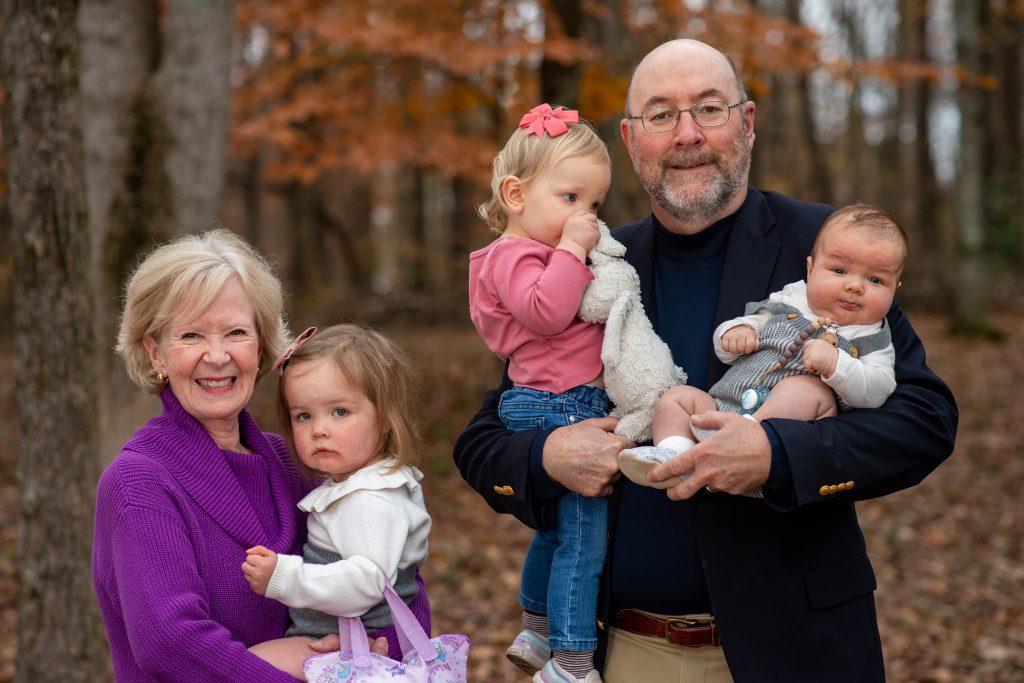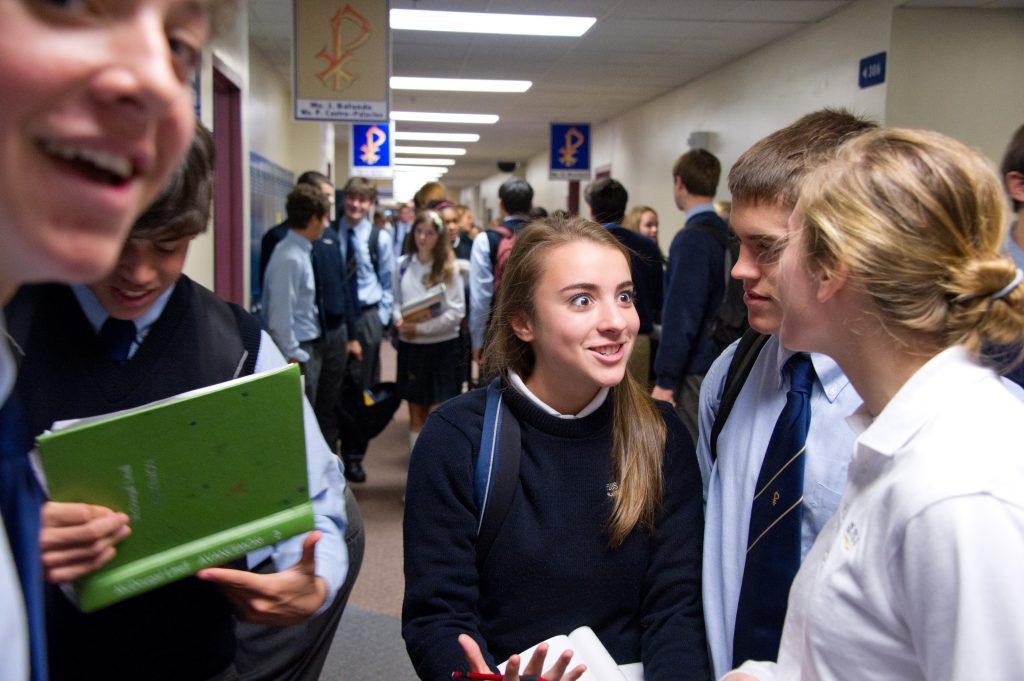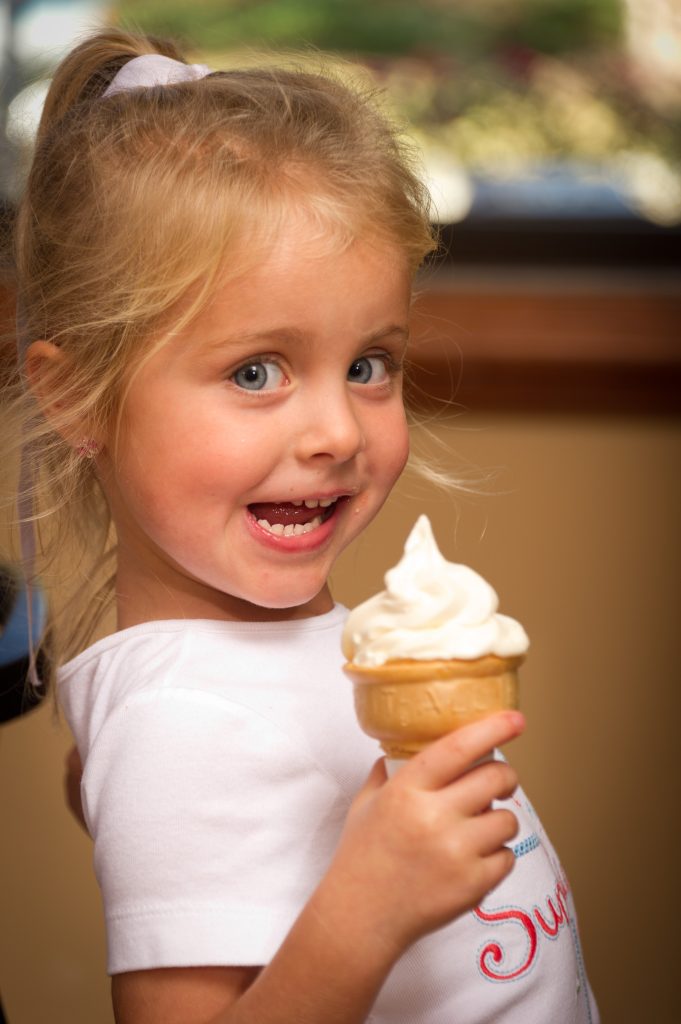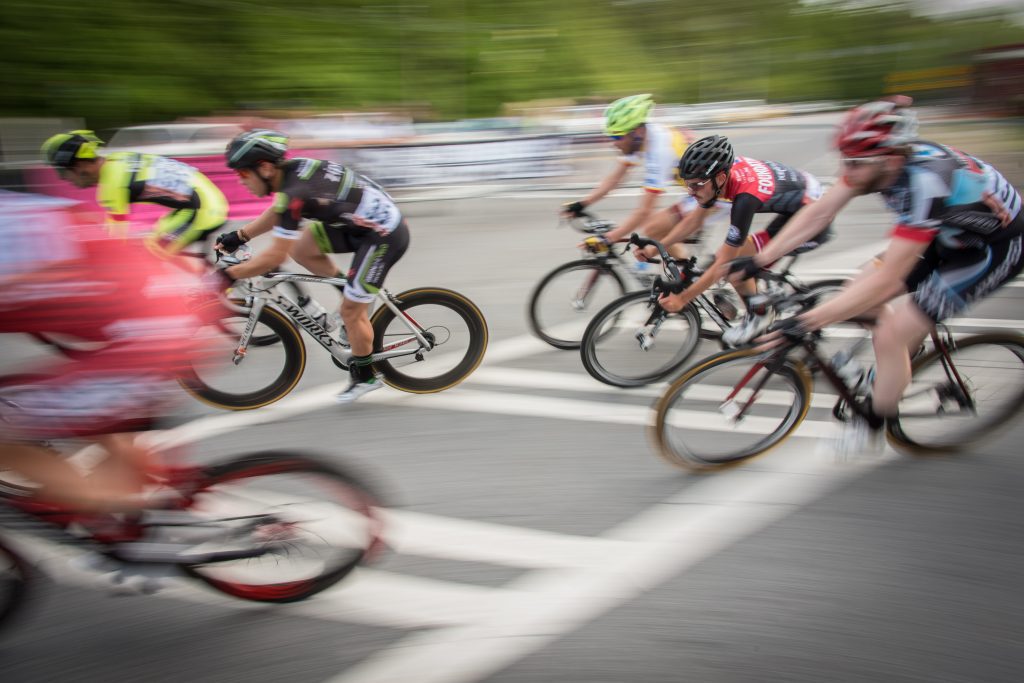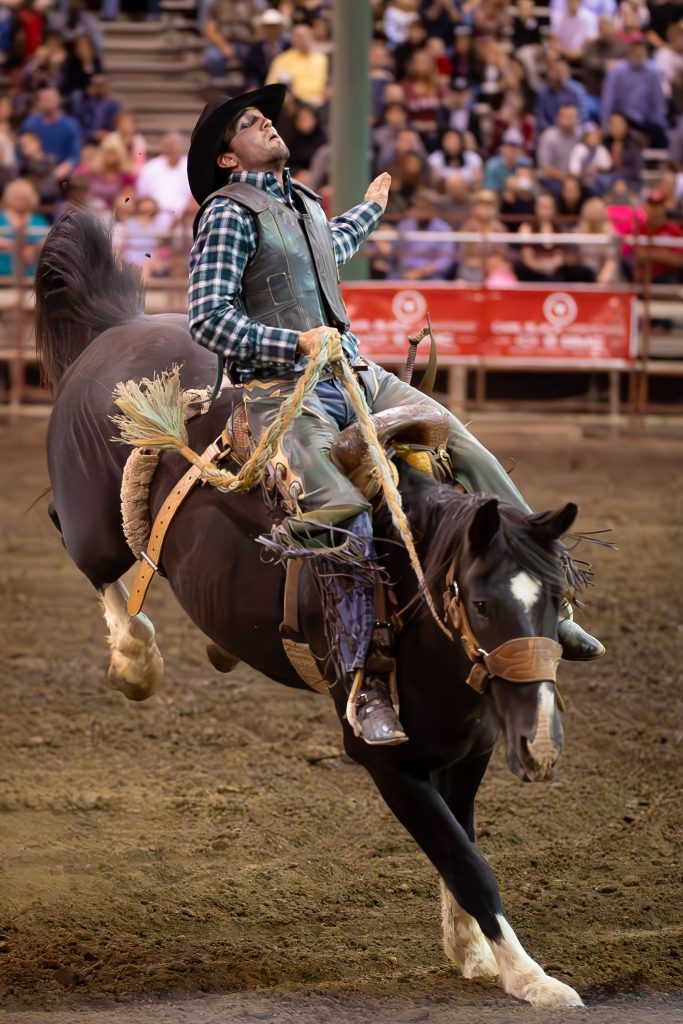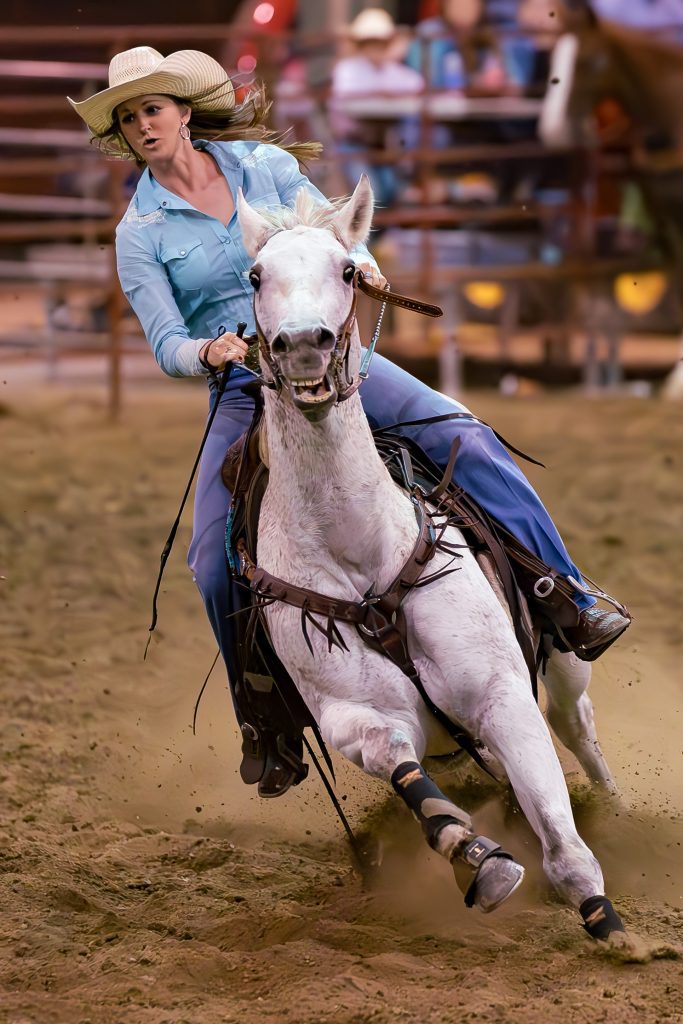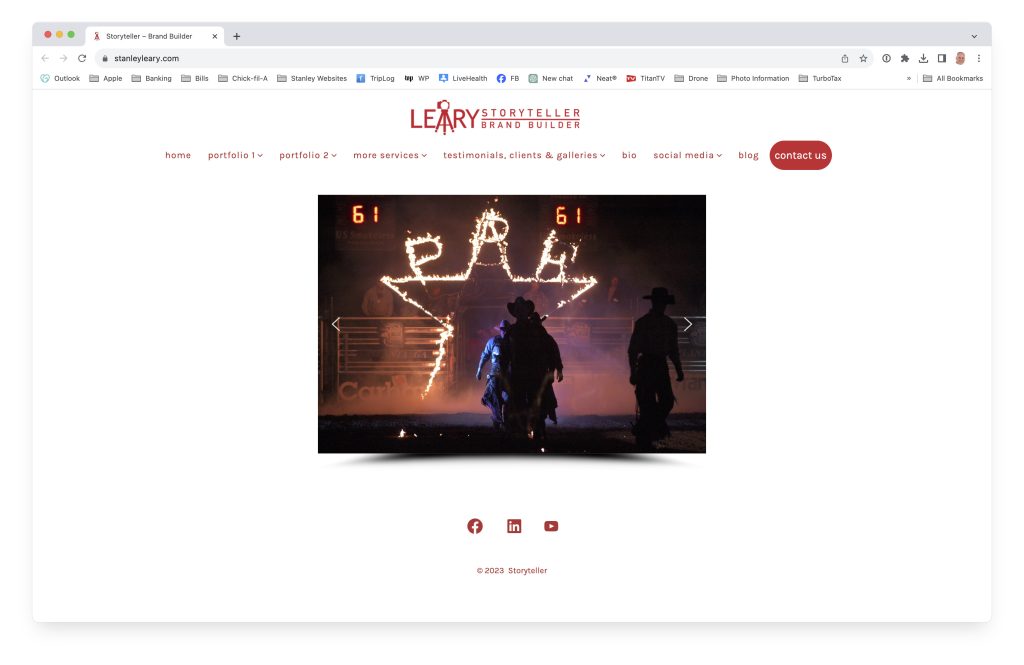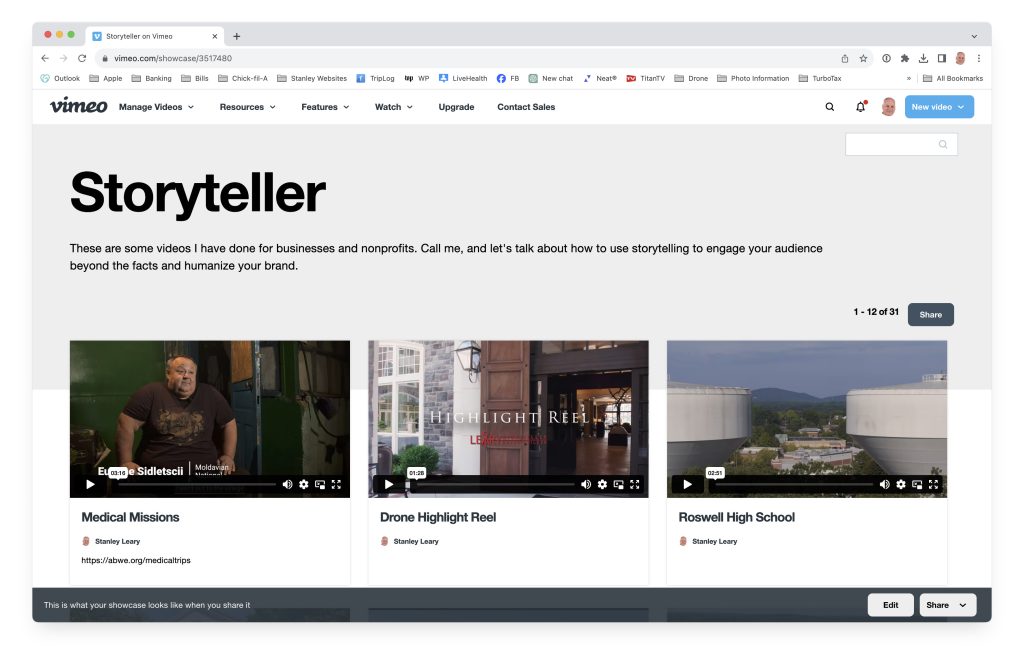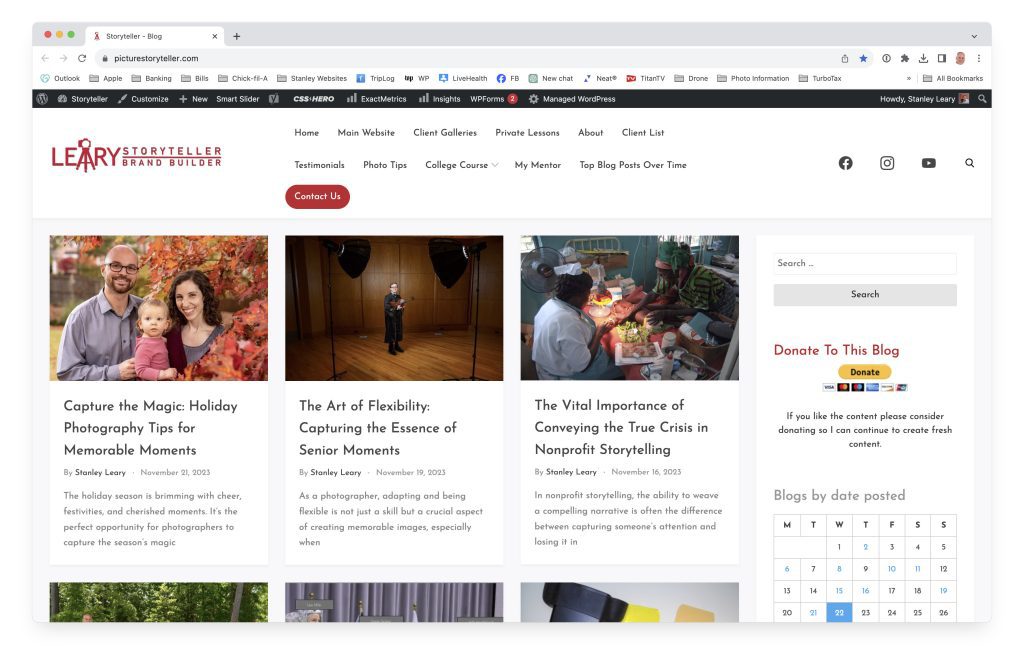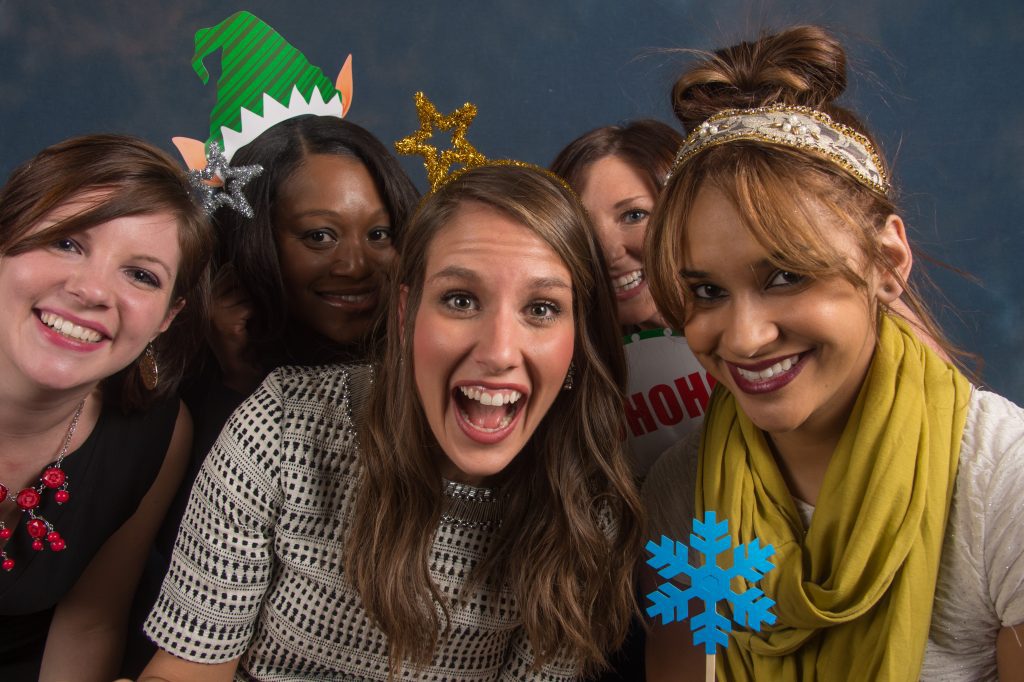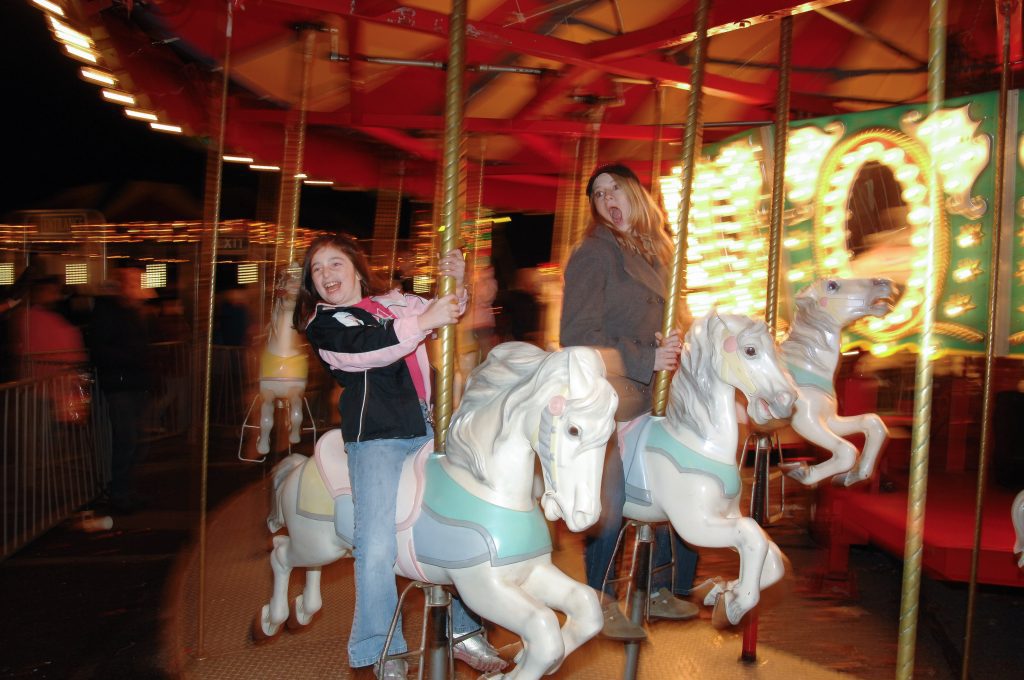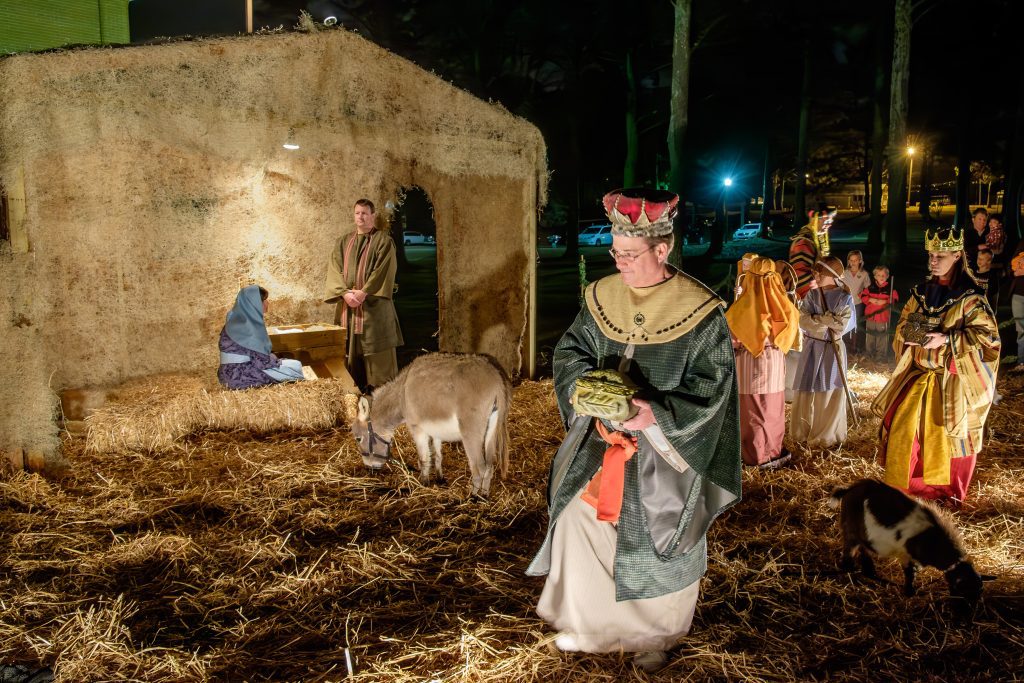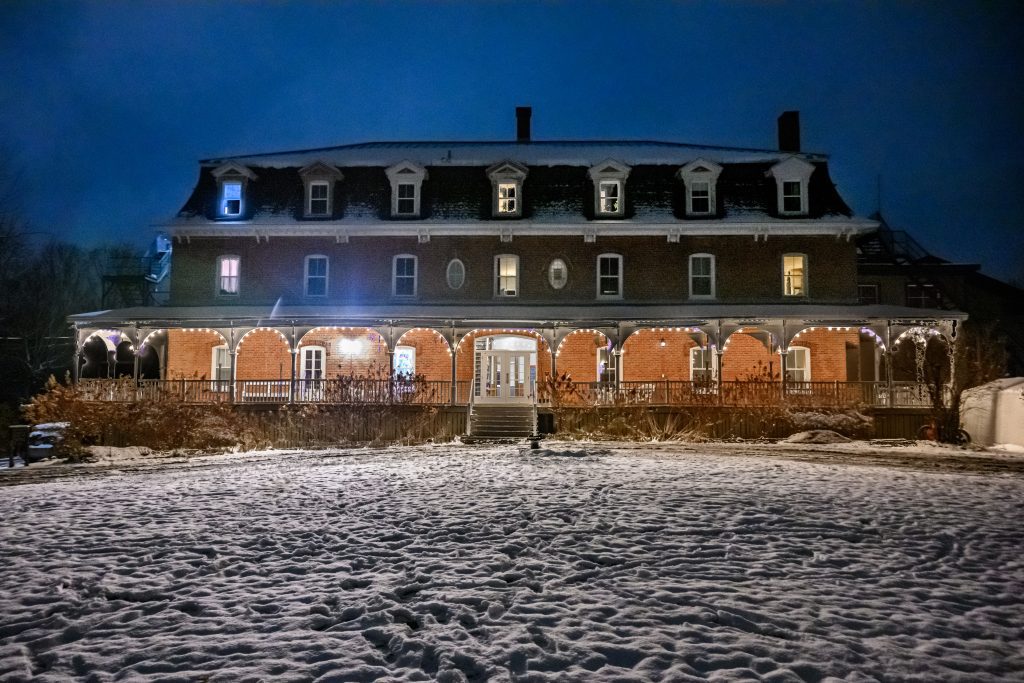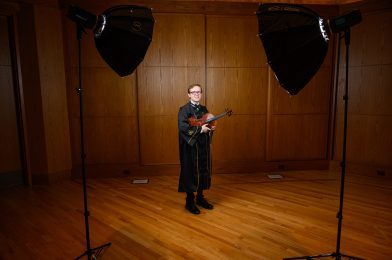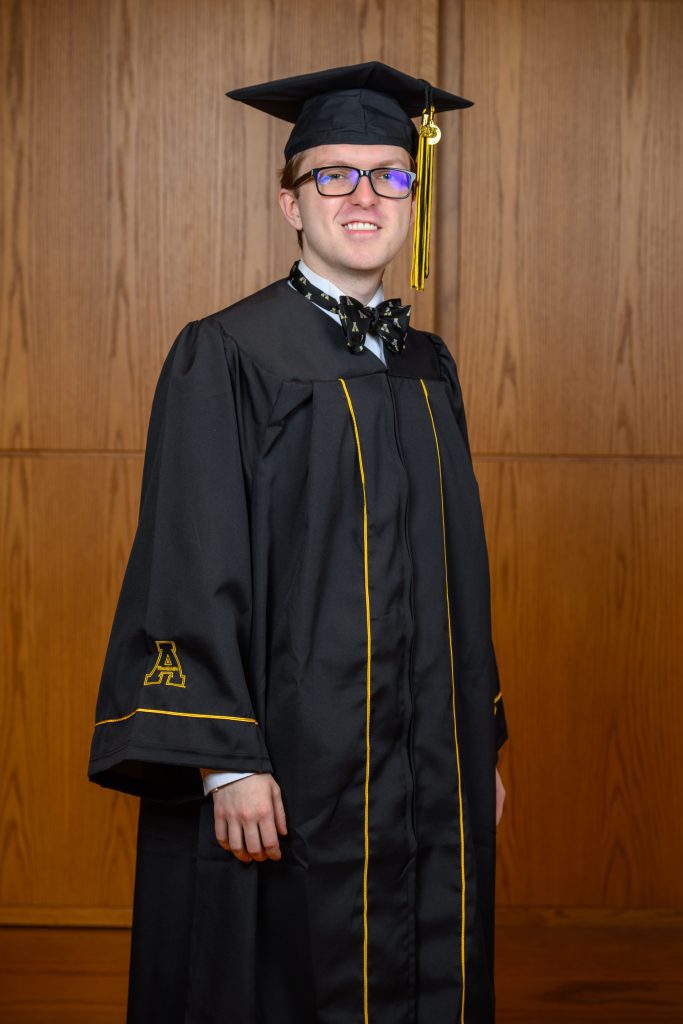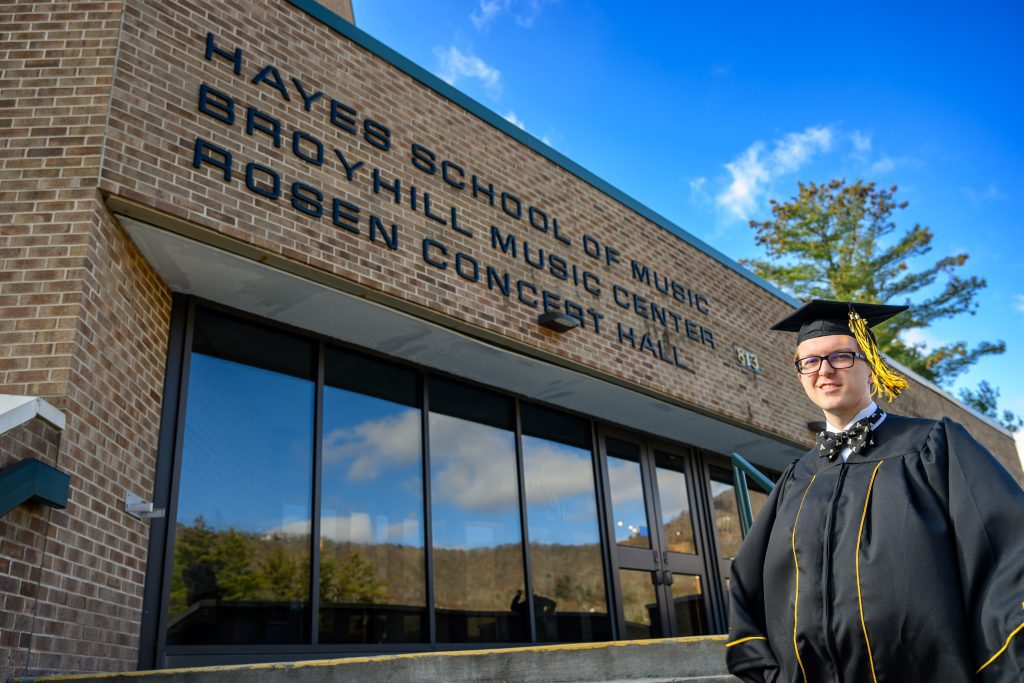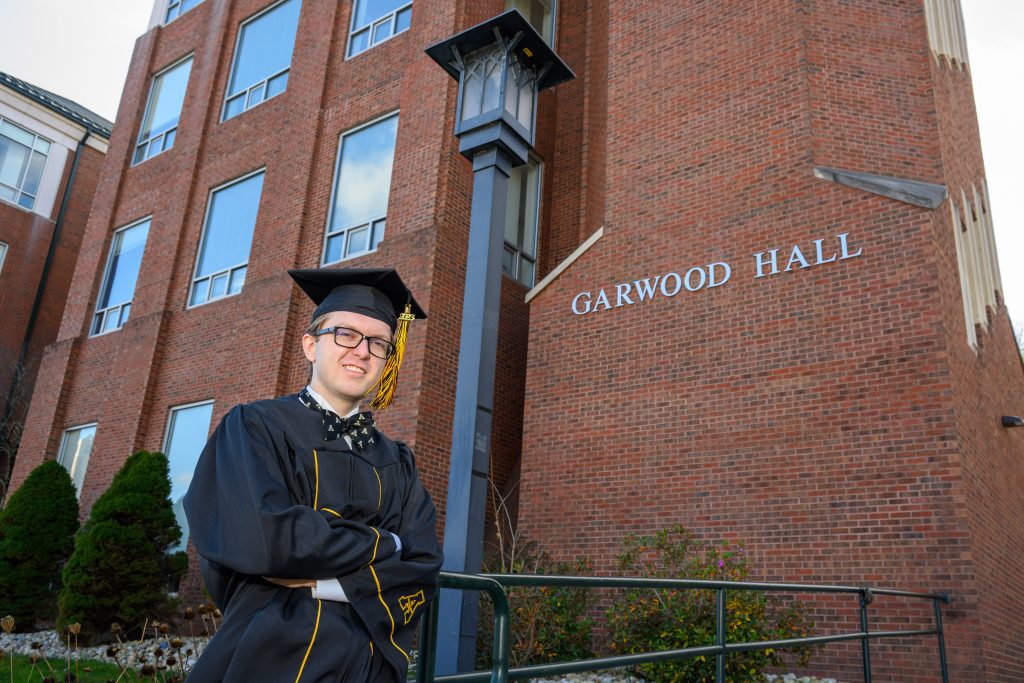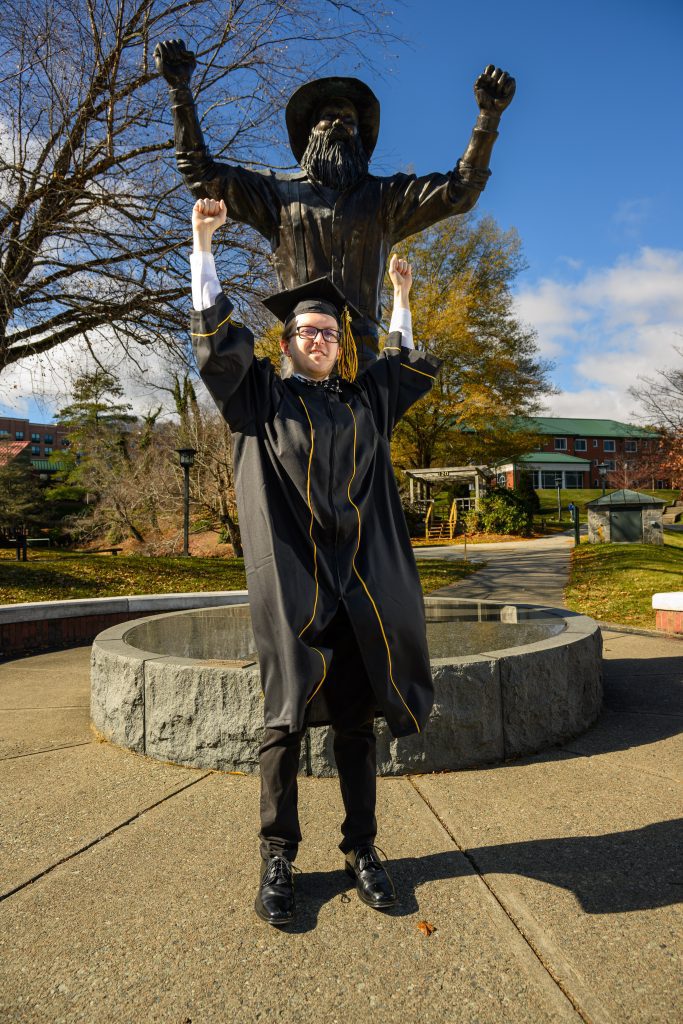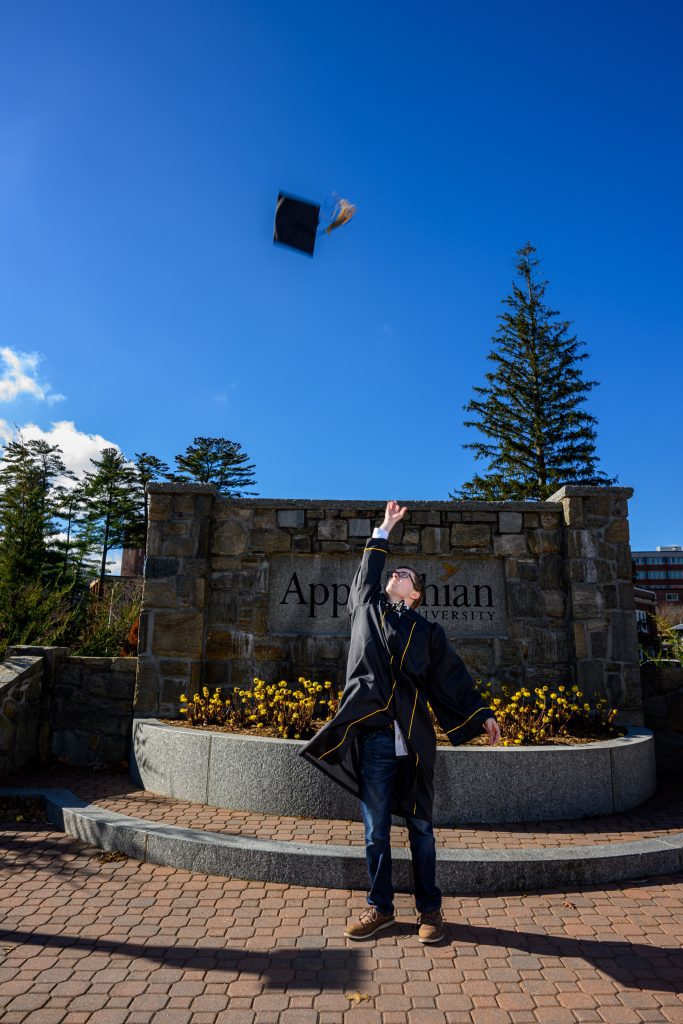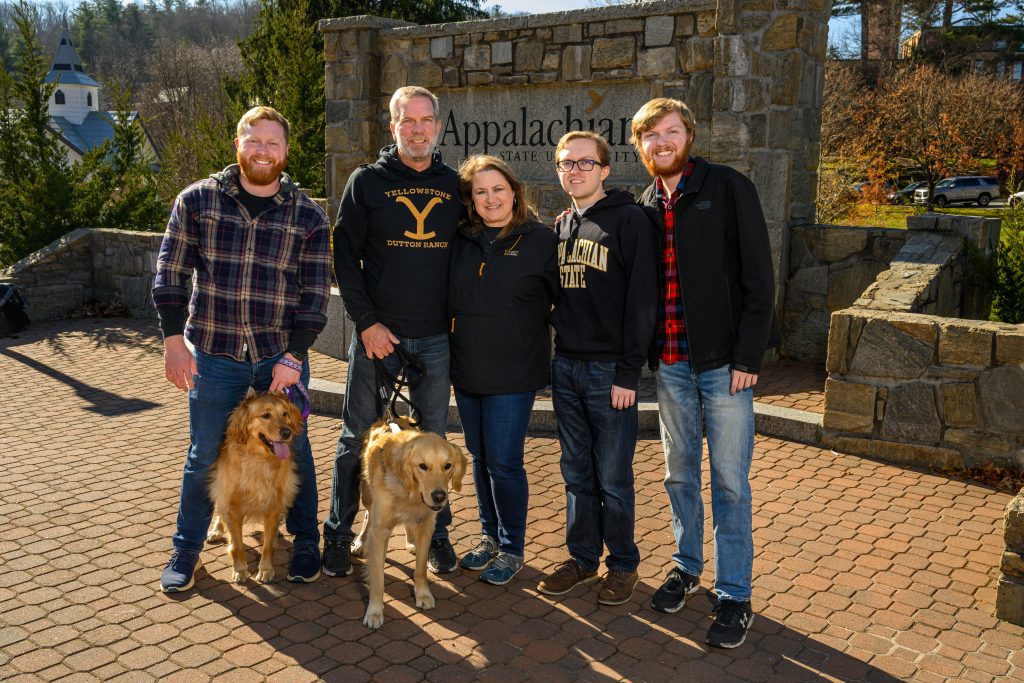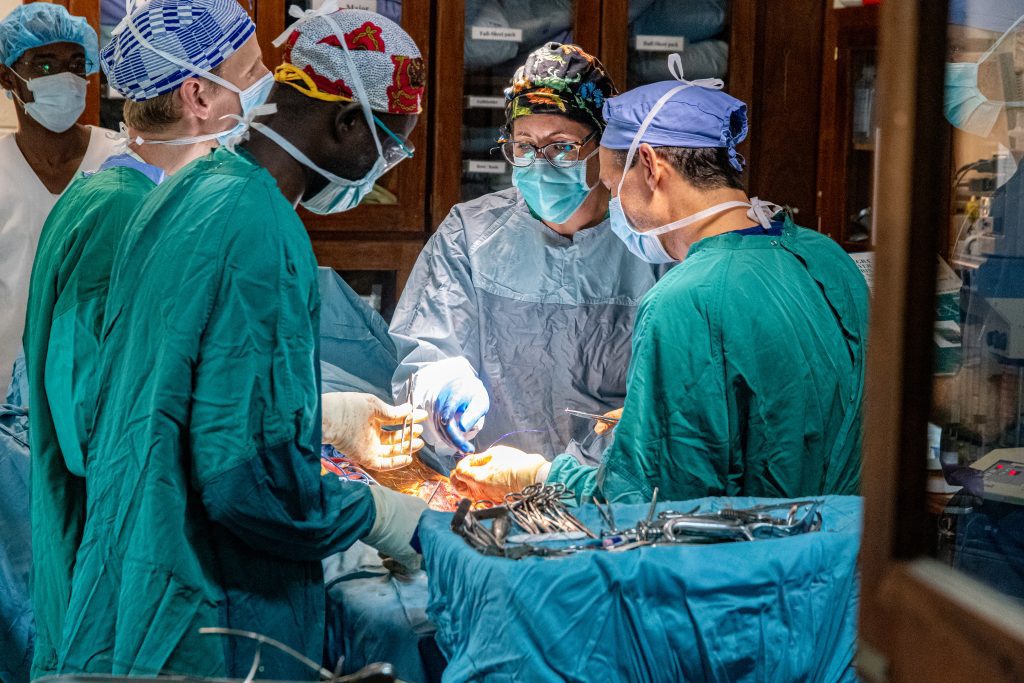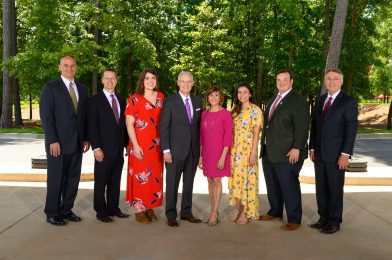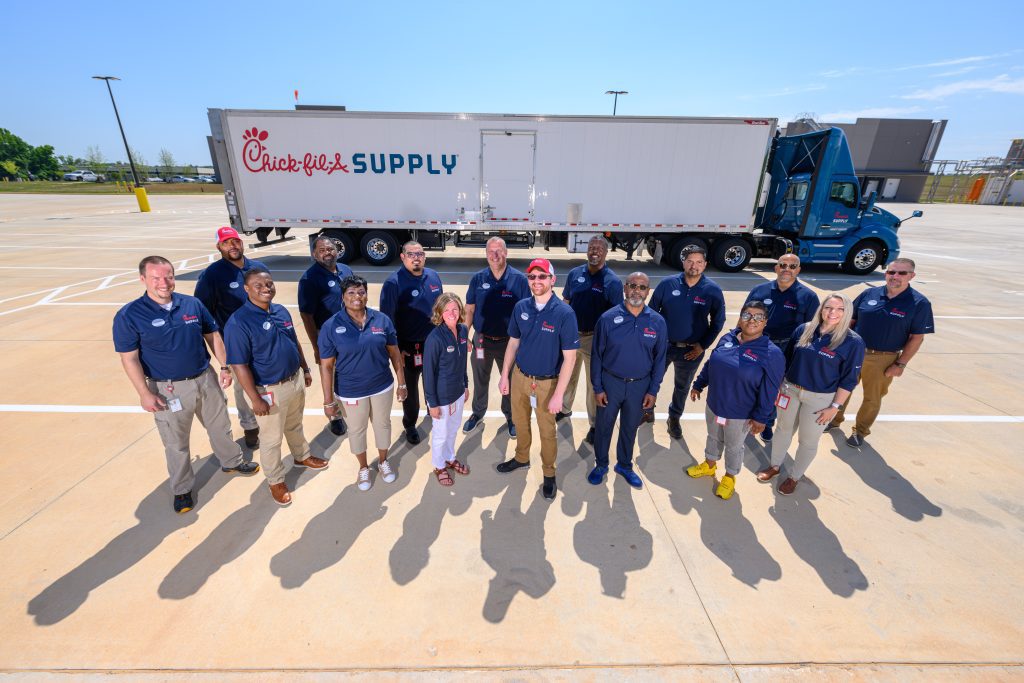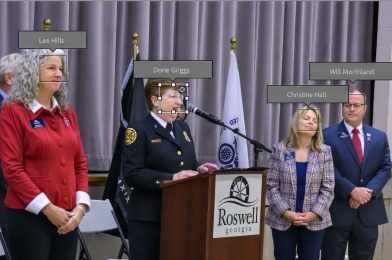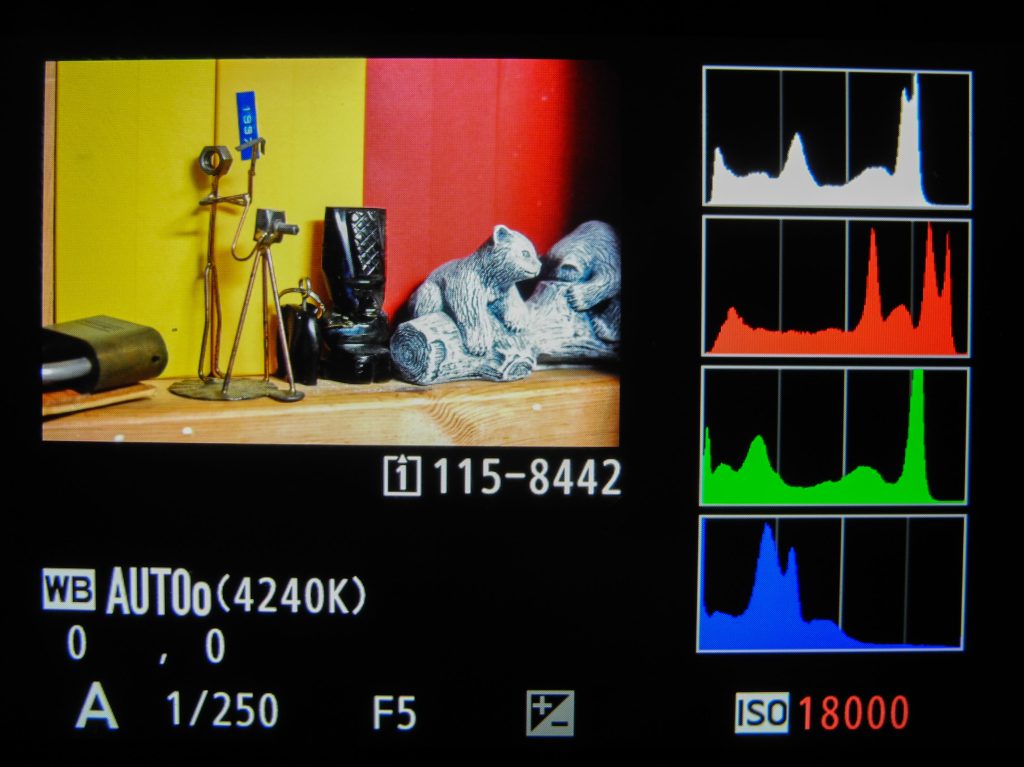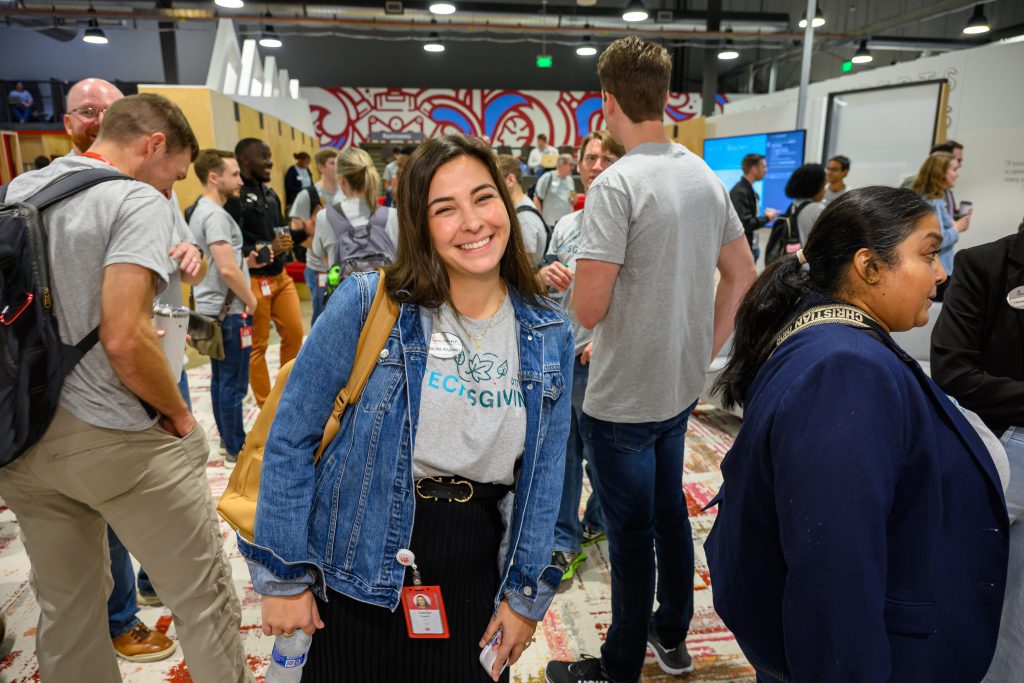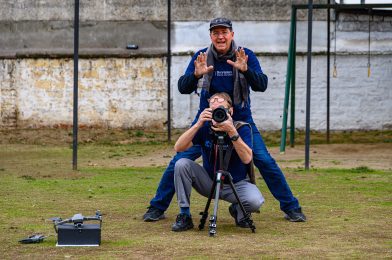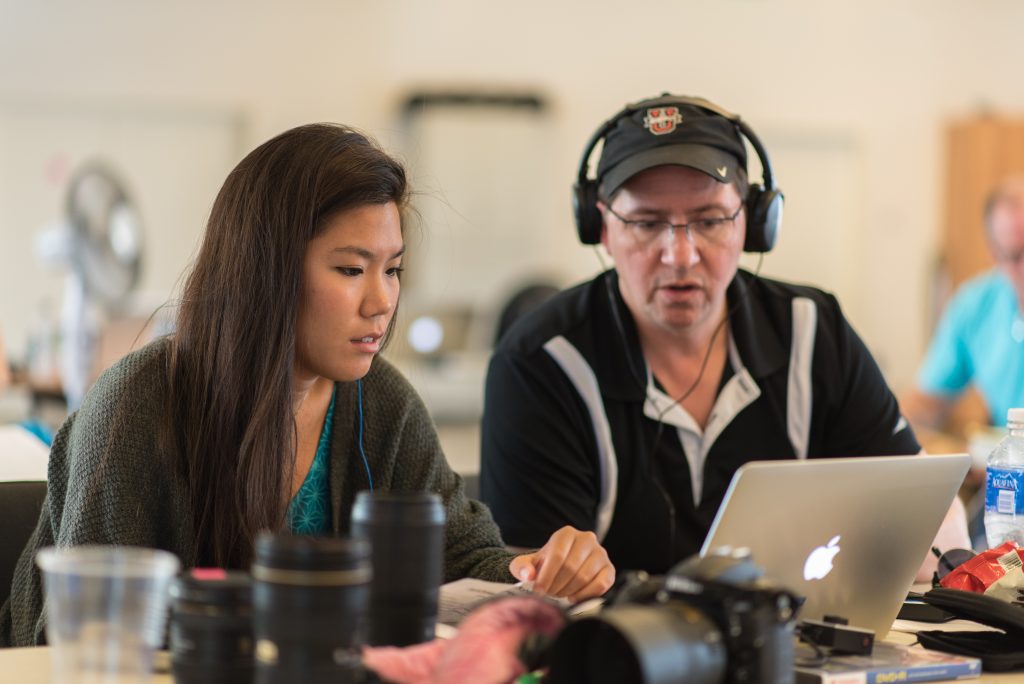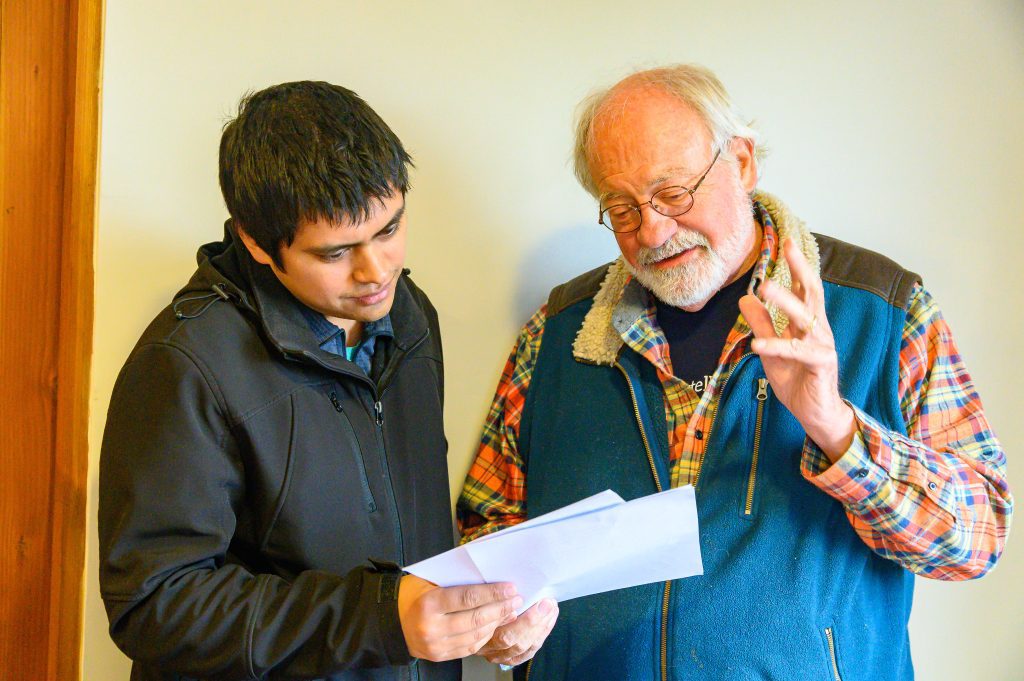“Plant your seed in the morning and keep busy all afternoon, for you don’t know if profit will come from one activity or another—or maybe both.”
Ecclesiastes 11:6
This verse encourages diligence and the pursuit of one’s endeavors while acknowledging the uncertainty of outcomes. It resonates with the idea of tending to business matters while also nurturing one’s creative pursuits, emphasizing the importance of dedication and investment in various aspects of life, both practical and artistic, without fixating solely on the result.
In creative entrepreneurship, the allure of business success often eclipses the essence of artistic expression. For individuals like photographers and other creatives who manage their ventures, pursuing profit margins and client demands can gradually consume the creativity that inspired their entrepreneurial journey. The gravitational pull towards the bottom line can be strong, nudging them away from the canvas, the lens, or the stage where their true passion resides.
The Perilous Tug-of-War: Business vs. Creativity
When establishing a business in the creative realm, it’s easy to get caught up in the practicalities—securing clients, managing finances, and meeting deadlines. The constant hustle to keep the business afloat often leaves little room for the artistic exploration that initially fueled the enterprise.
Photographers, for instance, may find themselves trapped in an endless cycle of client demands, administrative tasks, and marketing endeavors. While these are vital for business growth, neglecting the artistic side can lead to burnout and a diminishing quality of work. The risk is becoming a service factory rather than a sanctuary of creative innovation.
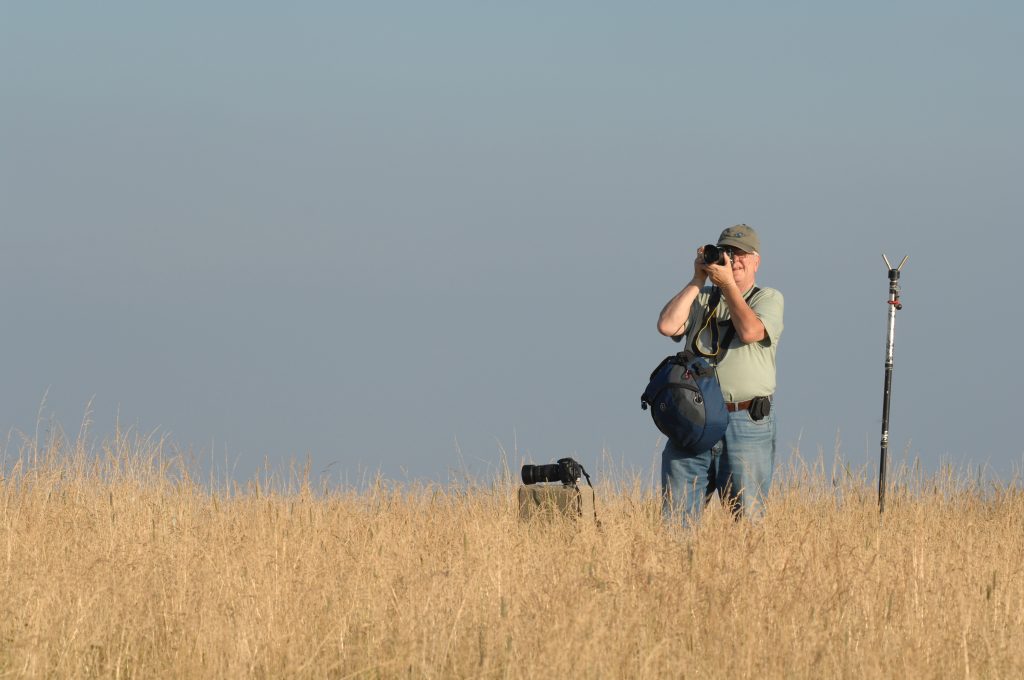
Strategies to Rekindle Creativity
Reigniting the creative spark in a business-driven environment requires deliberate efforts and conscious decisions. Here are some strategies to counteract the gravitational pull toward solely focusing on the bottom line:
1. Set Aside Creative Time: Schedule specific slots in your calendar dedicated solely to creative endeavors. Treat these as sacred appointments with your artistry.
2. Personal Projects: Engage in projects that align with your artistic vision, providing a space for experimentation and creative freedom. These projects are a playground for your imagination, untethered from client expectations.
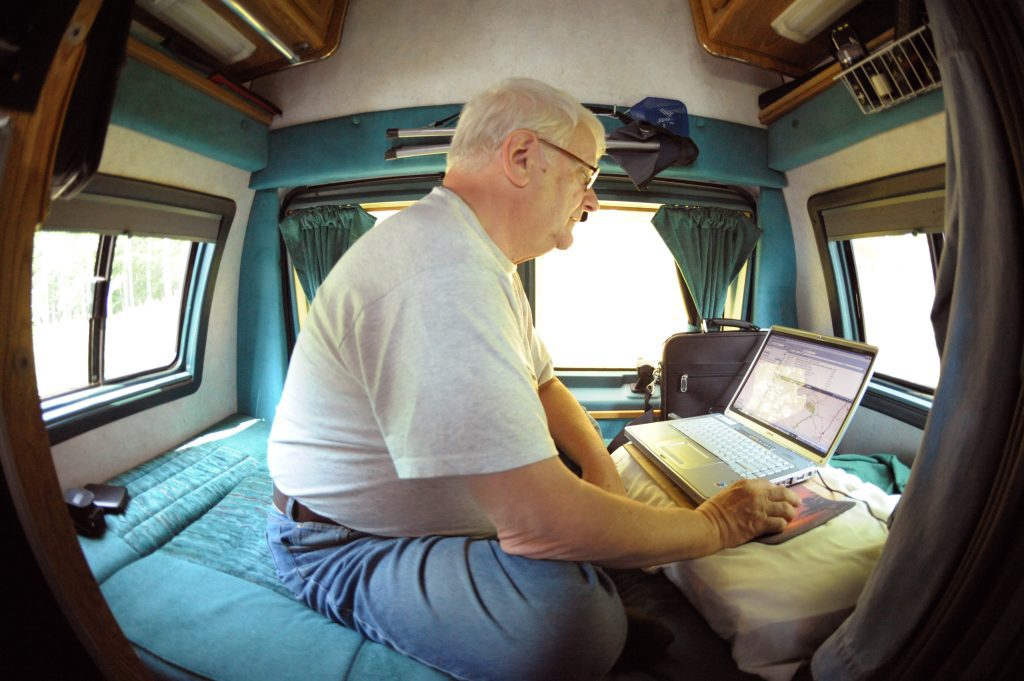
3. Continuous Learning: Invest time in expanding your creative horizons. Attend workshops, explore new techniques, or collaborate with fellow creatives to infuse fresh perspectives into your work.
4. Mindfulness Practices: Incorporate mindfulness techniques into your routine to stay present and connected with your creative impulses. Meditation, journaling, or walking in nature can help foster inspiration.
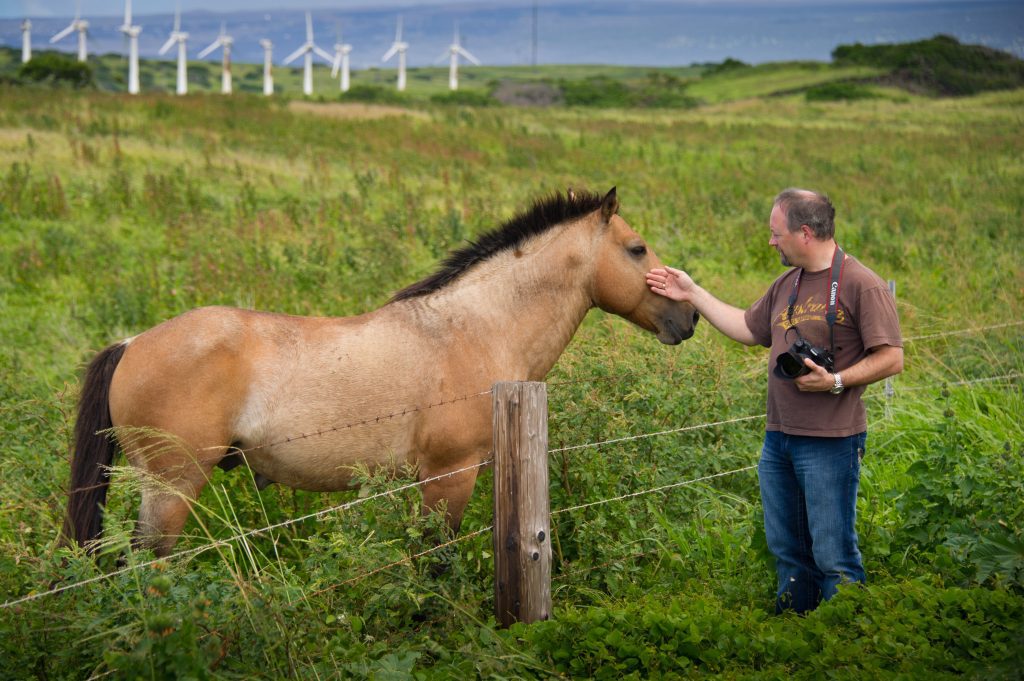
The Freelancer’s Creative Odyssey
For freelancers, the balance between creativity and business extends beyond personal projects. It involves infusing creativity into client work and consistently pitching innovative ideas to aid their growth.
Besides delivering the requested services, freelancers can go the extra mile by proactively suggesting creative solutions. Whether proposing unique marketing strategies, innovative content ideas, or refreshing design concepts, this proactive approach showcases your creativity and adds value to your clients’ businesses.
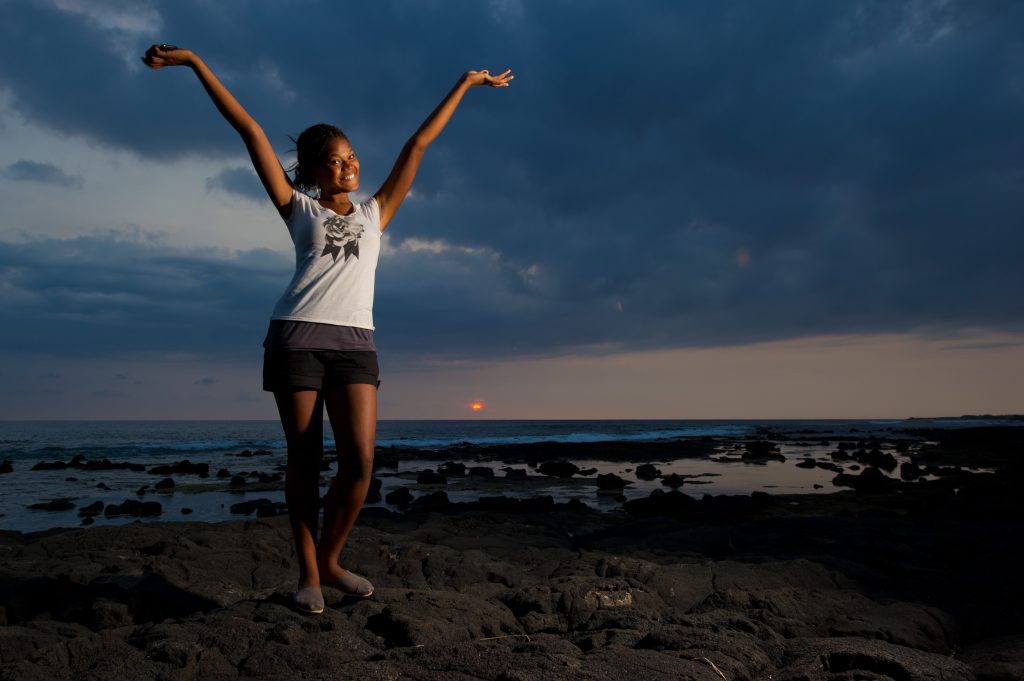
Conclusion
The harmony between business acumen and creative flair is the hallmark of a thriving creative entrepreneur. While it’s crucial to ensure the financial stability of your venture, neglecting the wellspring of creativity that birthed your business could lead to stagnation.
By implementing deliberate strategies to nurture creativity, setting aside time for personal projects, and integrating innovative ideas into client work, creative entrepreneurs and freelancers can strike a balance that sustains their businesses while keeping the flame of creativity burning brightly.
Remember, the bottom line is essential, but the artistic soul breathes life and longevity into your creative endeavors.



